Planning and packing food for a trip can be daunting, especially if you have dietary restrictions or preferences. However, with a little preparation and creativity, it is possible to enjoy delicious and nutritious meals while on the go.
Whether you’re hitting the road for a weekend getaway or embarking on a long-term adventure, having a plan in place can help ensure that you stay well-fed and energized throughout your travels.
Whether taking a road trip, flying across the country, or embarking on a hiking adventure, there are plenty of options for tasty and portable snacks and meals. Here, we will explore tips and tricks for how to plan and pack food for a trip, so you can stay healthy and satisfied no matter where your travels take you.
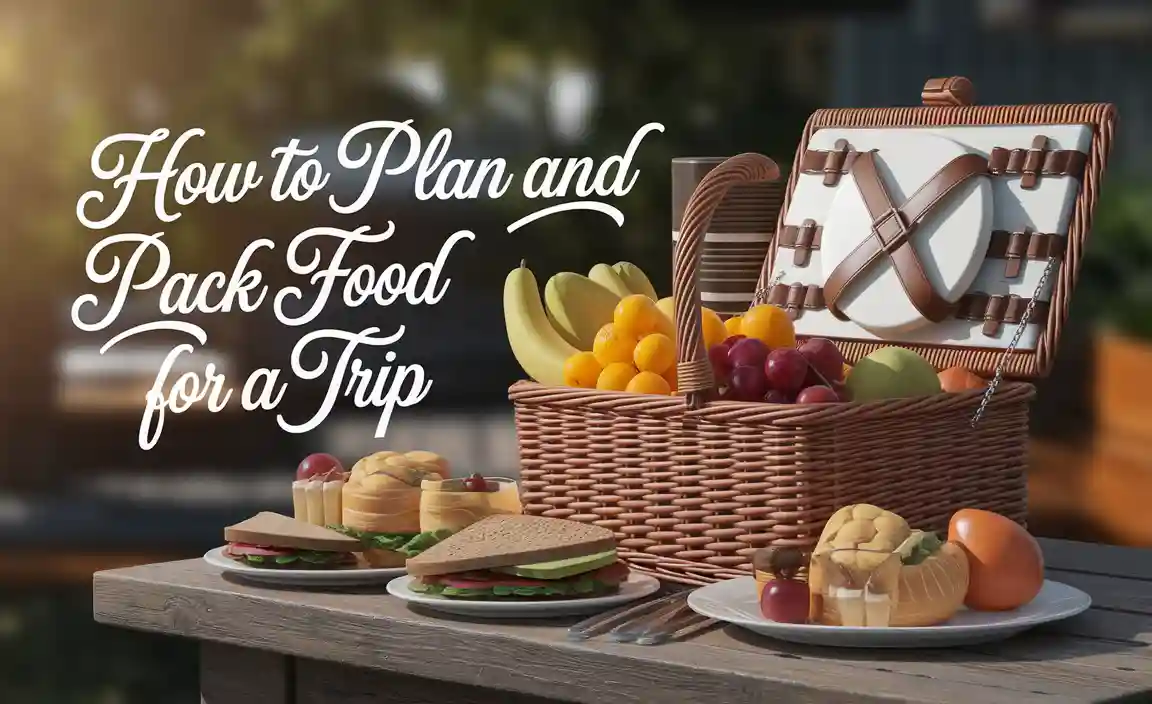
5 Easy Steps on How To Plan And Pack Food For A Trip

Planning and packing food for a trip can be daunting, especially if you have dietary restrictions or preferences. However, with careful planning and preparation, it is possible to enjoy delicious and nutritious meals while on the go. Whether you are embarking on a road trip or flying across the country, having your own food can save you time and money and ensure that you are eating foods that make you feel good. Packing food is one of the most important things you can do when planning a trip.
This helps you sustain your energy levels while on your travels and ensures that you have enough variety and nutrition to stay healthy. Here are five easy steps how to plan and pack food for a trip to help you plan and pack food for a trip:
Step 1: Decide On Your Dietary Restrictions
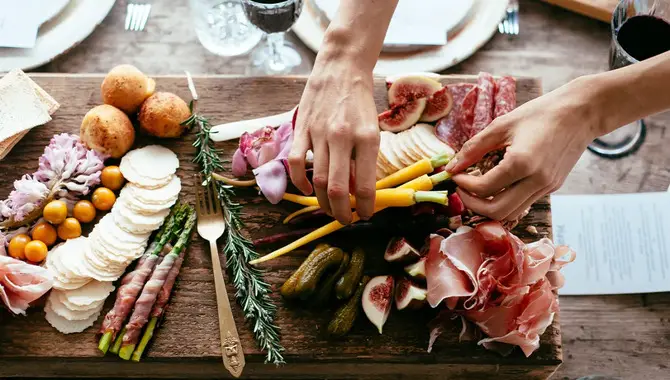
Before going on a trip, you must know your dietary restrictions. This will help you plan your food accordingly. Some dietary restrictions may include gluten-free, vegan, lactose-free, sugar-free, etc. You can check with your doctor to see if these restrictions apply. Once you know those restrictions, you can start planning your food accordingly.
For example, if you’re a vegan and are going on a trip to Thailand, where seafood is a major part of the diet, it would be best to avoid it altogether. Instead, you could try out some similar plant-based dishes in flavour and texture. You could also take plenty of nuts or soy milk to make vegan meals.
Step 2: Create A Food Budget
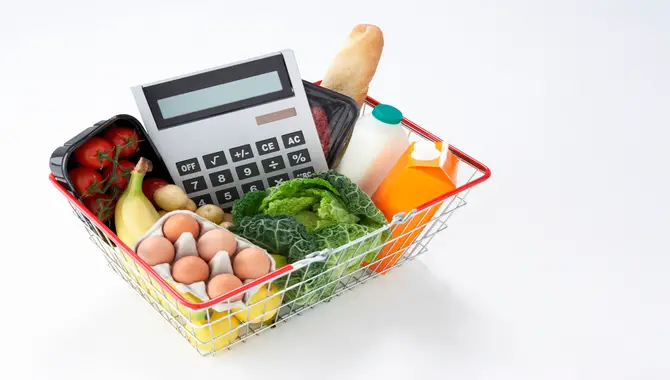
When planning your food budget, it’s important to remember that different foods have different prices. You’ll need to determine how much money you will spend on each item and choose which foods to include in your budget. It’s also important to remember the amount of time you’ll be traveling – this will affect the amount of food you can bring.
For example, if you plan on travelling for a few days, you can probably get by with sandwiches and snacks. But if you plan to travel longer, you’ll need to pack more substantial meals. Finally, be aware of local food options – some places have much more expensive food than others. If possible, research which restaurants or markets have the best deals on food. This will save you a lot of money in the long run.
Step 3: Create A Packing List
Creating a packing list can be helpful when planning and packing food for a trip. Start by considering the length of your trip and the activities you will be doing. This will help you determine how much food you need to pack and what snacks or meals will be most convenient while on the go.
Next, consider any dietary restrictions or preferences, as this will affect what types of food you pack. Be sure to include non-perishable items such as granola bars, trail mixes, and canned goods. Additionally, consider investing in reusable containers or bags to store your food in, which can help keep it fresh and prevent spills or leaks while travelling.
Step 4: Shop For Groceries Before You Go
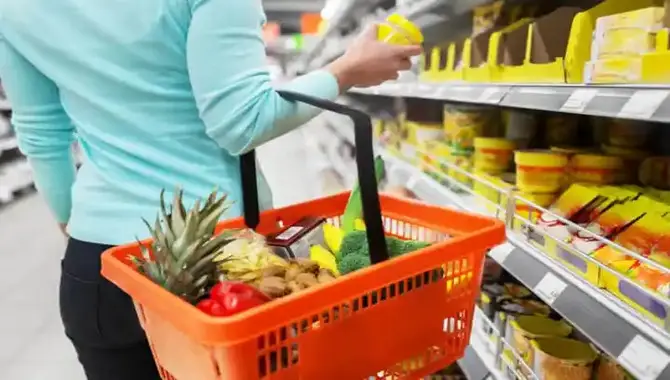
Planning your food for a trip can be daunting, but it’s worth it if you want to enjoy your trip without any stomach problems. The best way to plan your food is by shopping for groceries before you go. This will allow you to stock up on the essentials like fruits, vegetables, and meats. Then, when you get ready to leave, all you’ll have to do is pack your bags and hit the road.
One of the best things about pre-planning your food is that it can save you time and money. By stocking up on the basics beforehand, you can save time looking for food while on your trip. Plus, buying bulk can sometimes be cheaper than purchasing individual items at local stores.
Step 5: Store And Pack Your Food
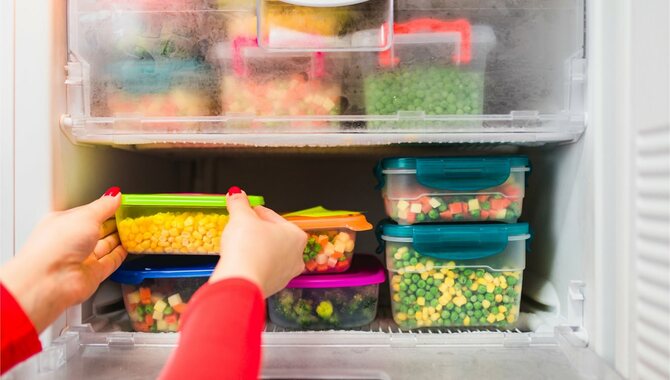
Planning and packing your food is essential when you’re travelling. The key is to store and pack your food to keep it fresh and safe while you’re on your trip. To store your food, try to keep it in an airtight container or wrap it in special storage bags that are resistant to moisture and insect damage. You can also pack snacks and drinks in small containers, so they only take up a little space.
When packing your food, ensure you have enough containers for each item. You should also pack illustrated labels to easily identify which foods are edible and which you must avoid. Finally, put all your food packs in a sturdy backpack or suitcase so it doesn’t get squished or ruined during the journey.
Tips On Packing Healthy Food For A Long Journey
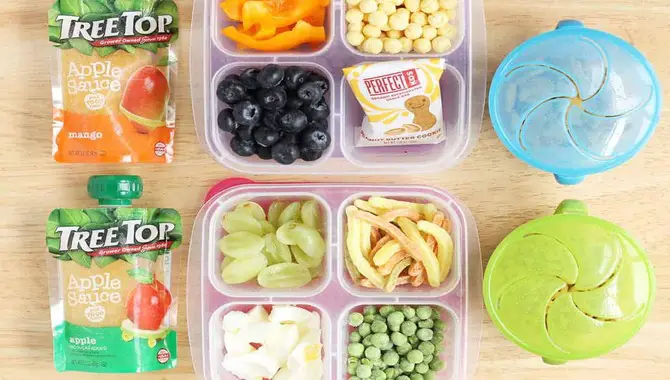
Travelling is a great way to explore new places and civilizations, but carrying food with you can be tough. That’s why it’s important to know how to pack food for a long journey so that it’s both healthy and convenient. Here are some tips on how to do just that: Make a list of the foods you’ll need and their corresponding quantities. Be specific about each item’s food – for example, proteins, fruits, vegetables, etc.
Label each container with its contents so you don’t have to guess which one holds which type of food. This will also do packing and unpacking easier. Store perishable items in the coldest part of your luggage – this will help them stay fresh during the trip. Divide your food into small portions so it’s easy to eat on the go. This way, you can save time and energy figuring out what to eat when your stomach starts growling mid-journey.
What Foods Should I Avoid When Traveling?
When planning and packing food for a trip, it is important to consider which foods should be avoided. Foods prone to spoiling quickly, such as dairy products and raw meats, should be avoided unless you have access to refrigeration or cooking facilities.
Similarly, avoiding foods high in salt or sugar is best, as they can lead to dehydration and fatigue during travel. Additionally, if you have any dietary restrictions or allergies, avoid foods that may contain those allergens. It is always better to avoid caution when travelling with food, so plan ahead and pack non-perishable items such as nuts, seeds, dried fruit, and granola bars to keep you fueled throughout your journey.
What Are The Foods That Are Best For A Long Trip?
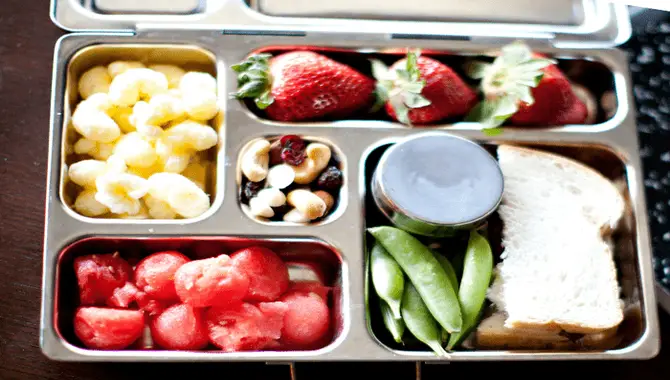
Planning and packing food for a trip can be daunting, especially for longer journeys. When choosing the best foods for a long trip, there are several factors to consider, such as shelf life, portability, and nutritional value. The best options include dried fruits and nuts, granola bars, jerky, canned tuna or chicken, crackers and cheese, and fresh vegetables like carrots or cucumbers.
These foods are easy to pack and store, won’t spoil quickly, and provide a balance of protein, fibre, and other important nutrients. It’s also important to bring plenty of water and other hydrating beverages to stay hydrated during the journey. Planning and packing smartly ensures you have healthy and satisfying meals on your next trip.
Tips And Tricks To Make Packing Food For A Trip Easier
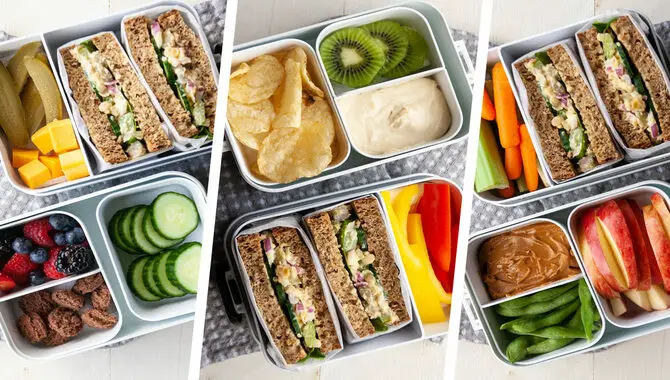
Planning and packing food for a trip can be daunting, but with these tips and tricks, you can make it easier and stress-free. First, plan your meals to ensure that you have enough food for the duration of your trip. Consider foods that are easy to pack and don’t require refrigeration, such as nuts, dried fruit, and granola bars.
Invest in reusable containers or sandwich bags to keep your food fresh and organized. Label each container with the contents and date to avoid confusion. If you’re travelling by plane, check with the airline regarding their food policies and restrictions.
Finally, don’t forget to pack utensils and napkins. You may also consider bringing a small cooler if you bring perishable items. These simple tips make packing food for your next trip a breeze.
How To Choose The Right Food Storage Containers
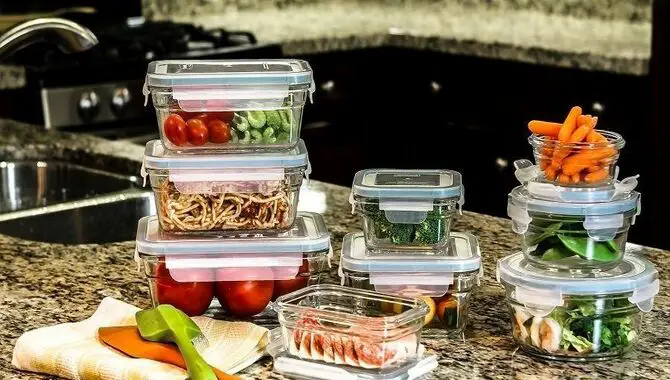
Choosing the right food storage containers is important when packing for a trip. These containers will help you keep your food fresh and safe during your journey. There are a few things to consider when choosing food storage containers: The size of the container. You’ll need something big enough to store your food but not so bulky that it takes up too much space or is difficult to pack.
The type of container. You’ll need something to protect your food from moisture, pests, and other dangers. The material of the container. Some materials are better at retaining moisture and heat than others, which can affect the quality and safety of your food. The design of the lid. Your container should have a lid that’s easy to open and close so that nothing escapes while you’re on your trip.
Conclusion
Plan And Pack Food For A Trip can be a great way to save money, stay healthy, and ensure you have access to the foods you need while on the go. Whether you are travelling by plane, train, or automobile, planning your meals and packing accordingly can save you time and money and help you stick to any dietary restrictions or preferences.
Remember to pack non-perishable snacks like nuts or dried fruit, bring reusable containers for leftovers, and consider using a cooler bag if you will be on the road for an extended period of time. By following these simple tips on how to plan and pack food for a trip, you can ensure you have nutritious snacks and meals available whenever hunger strikes. Whether heading out on a road trip or taking a flight across the country, planning your meals can help you avoid the high cost and low nutrition of fast food options.
Frequently Asked Questions:
[rank_math_rich_snippet id=”s-c1a57535-85bf-472e-a8af-03840b90bcf1″]
